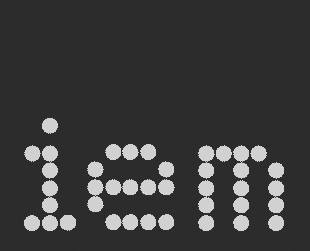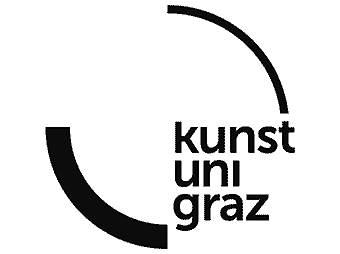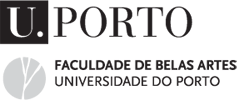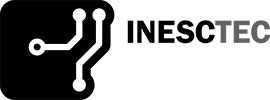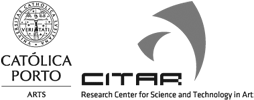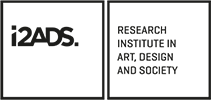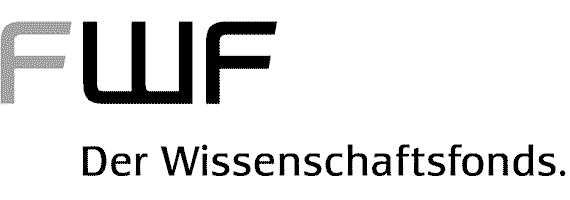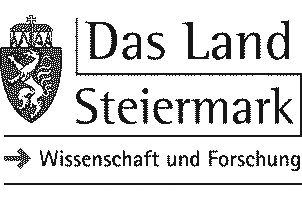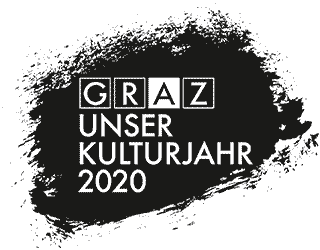Coded Archetypes (New York, Bern, Beijng)
Keywords: Mass Graphic Reproduction, Machine Identification Codes, Watermarks, Woddcut, History, Algorithms, Aesthetics.
European graphic production reached a high point around 1497/98 with Albrecht Dürer and his large-format woodcut series Apocalypse: this graphic series appeared during outbreaks of the plague, peasant unrest and the arrival of religious dissent on the eve of the Reformation. Published as easily understandable guidance for the public at large, in creating the series the artist particularly wanted to provide an understandable visual language and realistic designs. At the time they were published, the sheets were perceived above all as illustrations suitable for a mass audience and less as stand-alone works of art. Today the works are appraised on the basis of historical and artistic criteria and acknowledged as important works. As far as the monetary value of individual sheets is concerned, the smallest details in different prints are decisive: for non-experts, prints from the same woodblock often appear to be identical. However, experts and dealers make a distinction between different proof copies, as the artist often altered the woodblock slightly even after he had printed the first sheets. The art market values the prints according to these print condition criteria. Works which at first sight look identical can have a price difference of several tens of thousands of Euros. The deciding factor could, for instance, be a small hatching which is visible in early prints, but no longer in later ones. Herren’s work does not use moralising, biblical motifs as the basis for the prints, but practically invisible yellow dots, which can be found on almost all paper documents printed in the conventional way on a copier. Because almost all laser printers leave a pattern of almost invisible yellow dots on the paper. Originally intended as a protection against counterfeit money, this technique helps nowadays in tracking down criminals. After the traumatic events of 11th September 2001, the US government was able to establish numerous surveillance measures, amongst them these dots. Every page printed with these yellow dots leaves behind traces. Contemplating the possibilities in today’s graphic printing techniques, Herren reproduced the yellow dots from 3 different printouts (Bern, New York, Beijing) with a high-tech scanner and processed them digitally. The printing blocks were based on these templates, and CNC machines removed all areas outside the dots, thus creating a relief. The dots were printed on paper coloured black with a toner. – To ensure that the bandwidth of «yellow» shades in various laser printers is discernible to the observer, the yellow colour was also removed from printers, for the purpose of colouring and then printing the dot relief. The stars which appear almost kitsch at second glance then become a regular pattern which can be decoded by experts (place of printing, printer model) and the prints suddenly lose their purely visual effect.








Media Assets
- Artist's website: christianherren.com
Join the conversation
xCoAx 2020: Christian Herren “Coded Archetypes (New York, Bern, Beijng)”. A light on aspects of today’s mass graphic reproduction that are almost unknown to the general public. https://t.co/cNDGjWGlDm #xCoAx2020 pic.twitter.com/GnuB0Q6DJG
— xcoax.org (@xcoaxorg) July 8, 2020


